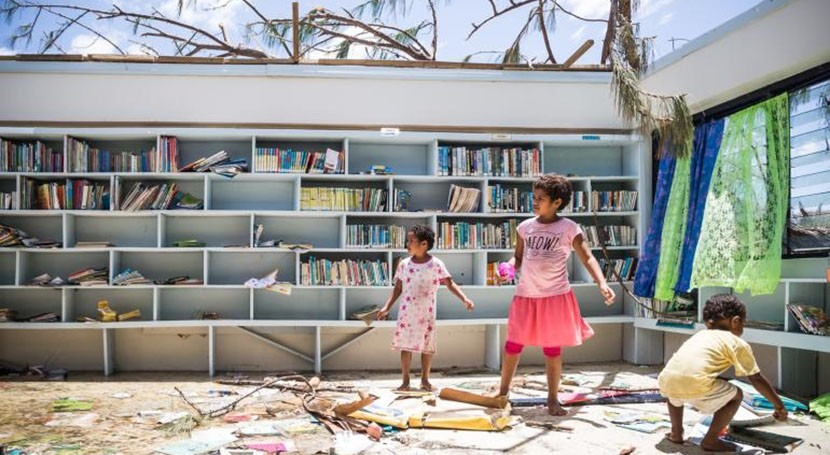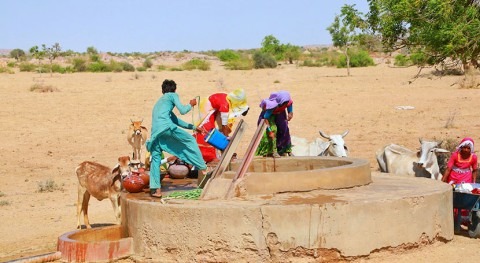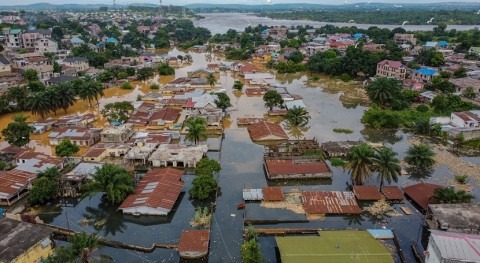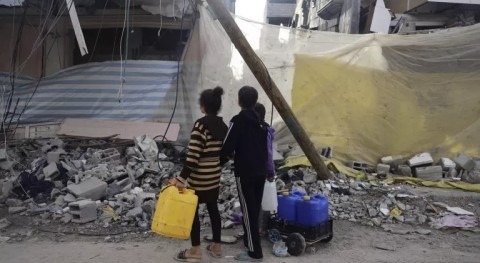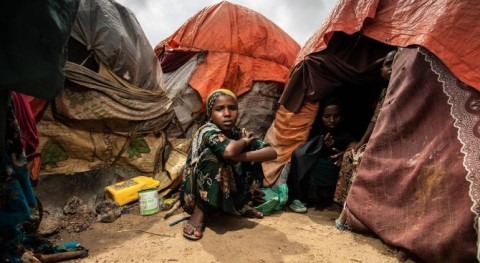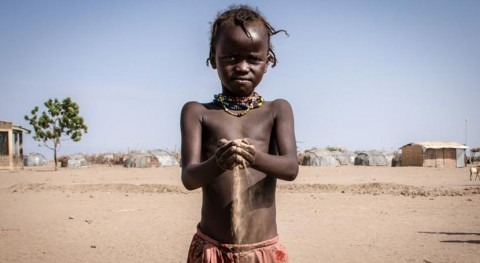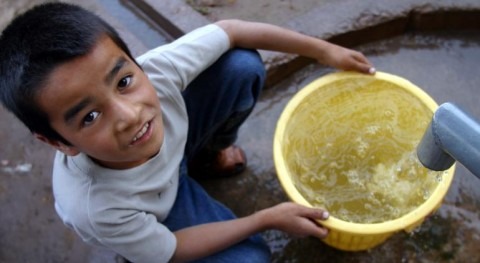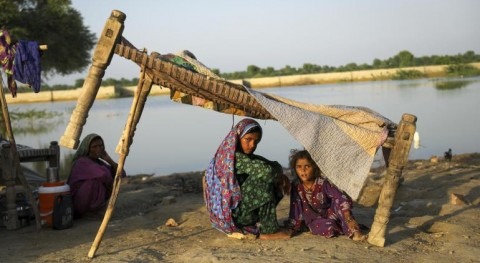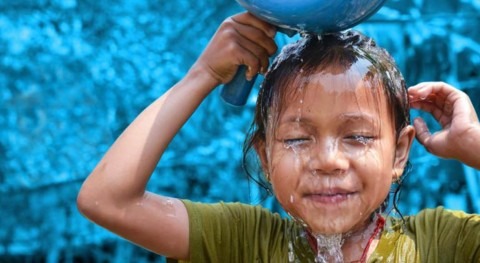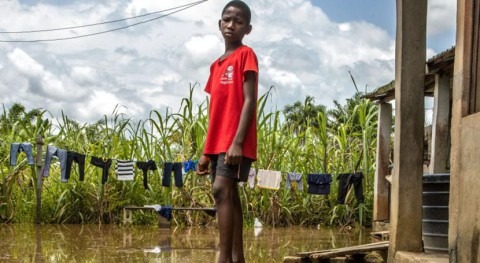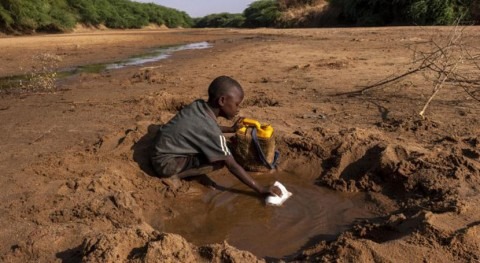More than any other region, children in the East Asia and Pacific region are having to survive multiple, often overlapping climate and environmental hazards and shocks, according to the latest UNICEF regional report ‘Over the Tipping Point’. The report highlights the urgent need to invest in climate-smart social services and policies to protect children.
Children born in the region today are experiencing a six-fold increase in climate related disasters compared to their grandparents. Over the last 50 years, the region has witnessed 11 times increase in floods; 4 times increase in storms; 2.4 times increase in droughts and 5 times increase in landslides.
With temperatures and sea levels rising and extreme weather such as typhoons, severe floods, landslides and droughts increasing, millions of children are at risk. Many children and their families face displacement and struggle to survive, with limited or no access to healthcare, education, and water and sanitation services.
“The situation for children in the East Asia and Pacific region is alarming. The climate crisis is risking their lives, causing them to miss out on their childhood and their right to survive and thrive. We need urgent and collective action by governments, businesses and donors to address some of the key bottlenecks in disaster risk management and adopt climate-smart services so that children can grow up in a safe and healthy environment,” said Debora Comini, Regional Director, UNICEF East Asia and Pacific.
According to the latest analysis, which is based on the Children’s Climate Risk Index (CCRI), in the East Asia and Pacific region over 210 million children are highly exposed to cyclones; 140 million children are highly exposed to water scarcity; 120 million children are highly exposed to coastal flooding; and 460 million children to air pollution.
Moreover, many children are exposed to more than one type of climate and environmental shock, stress or hazard:
- 443 million children face 3 or more types of climate shocks, 89 per cent vs. 73 per cent globally
- 325 million children face 4 or more types of climate shocks, 65 per cent vs. 37 per cent globally
- 204 million children face 5 or more types of climate shocks, 41 per cent vs. 14 per cent globally
- 63 million children face 6 or more types of climate shocks, 12 per cent vs. 3 per cent globally
When these overlapping shocks are compounded by other types of crises such as food insecurity, malnutrition, and the spread of infectious diseases, it becomes especially hard for the most vulnerable children, especially from poor and marginalized communities and those with disabilities, to cope and recover. Ultimately, these effects exacerbate inequalities that children already face, pushing the poorest further into poverty.
UNICEF is calling for urgent action from governments, businesses and donors, to invest in building climate-smart social services including education, healthcare and water supply and sanitation, early warning systems, and climate-responsive social protection such as cash transfers.
Climate change and environmental challenges including pollution and deforestation are threatening the sustainable development and economic growth of East Asia and the Pacific region with lifelong and irreversible impacts on the lives and livelihoods of children and young people.


